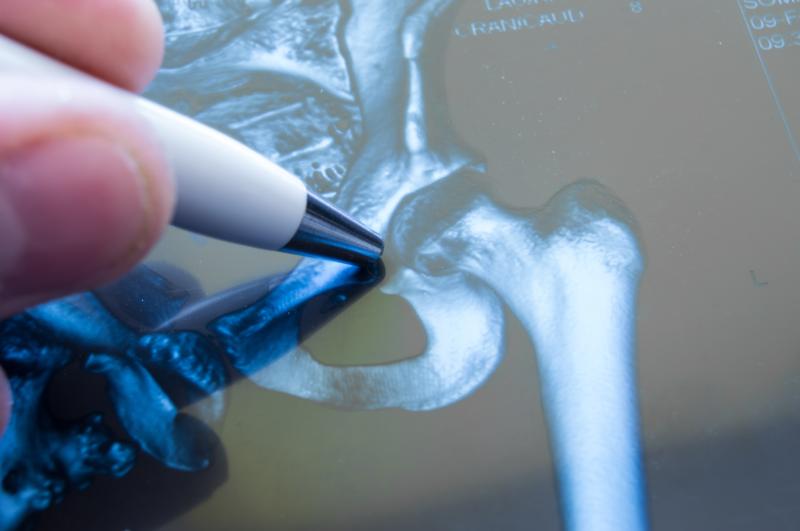
Adults with neurodevelopmental disorders (NDDs) appear to have a high fracture prevalence, and the risk of fracture increases with greater numbers of comorbid NDD conditions for most anatomical locations, a study reports.
Researchers used data from private insurance and Medicare fee-for-service. The total study population comprised 69,456 adults with intellectual disabilities, 21,844 with autism spectrum disorders, 29,255 with cerebral palsy and 8.7 million without NDDs.
Age-standardized prevalence of any fracture was higher for adults with vs without NDDs. For women, prevalence rates were 8.3 percent in the group with intellectual disabilities, 8.1 percent in autism spectrum disorders and 8.5 percent in cerebral palsy vs 3.5 percent in the group without NDDs. The corresponding rates for men were 6.6 percent, 5.9 percent and 6.7 percent vs 3.0 percent.
There was an increased prevalence of fracture of the head/neck, thoracic, lumbar/pelvis, and upper and lower extremities among women with NDDs relative to their counterparts without the neurodevelopmental condition. A similar pattern was observed for men, although there was no difference observed in the prevalence of lumbar/pelvis fracture for all NDDs and thoracic fracture for autism spectrum disorders.
Regardless of sex, increasing comorbidity of NDDs was associated with a higher prevalence of any fracture: one NDD (women, 7.7 percent; men, 5.7 percent), two NDDs (women, 9.4 percent; men, 7.2 percent) and all three NDDs (women, 11.3 percent; men, 13.7 percent).
The present data underscore the importance of earlier screening and provision of preventive services for musculoskeletal frailty in adults with NDDs, the researchers said.